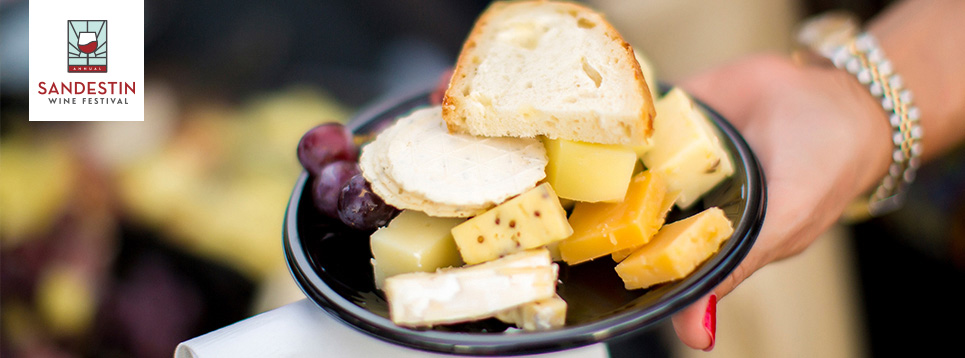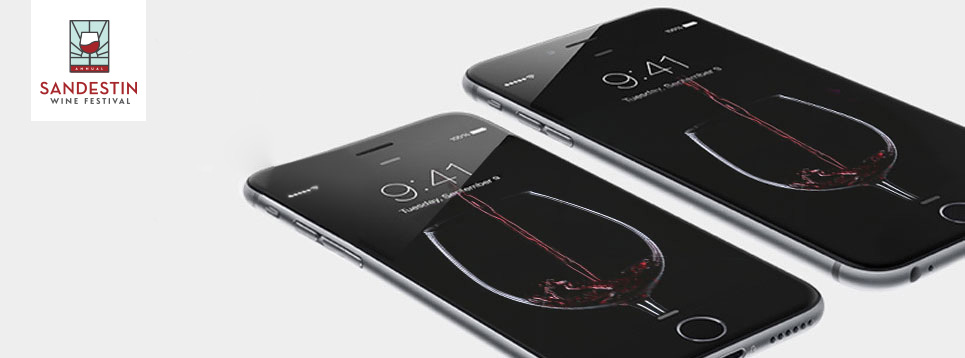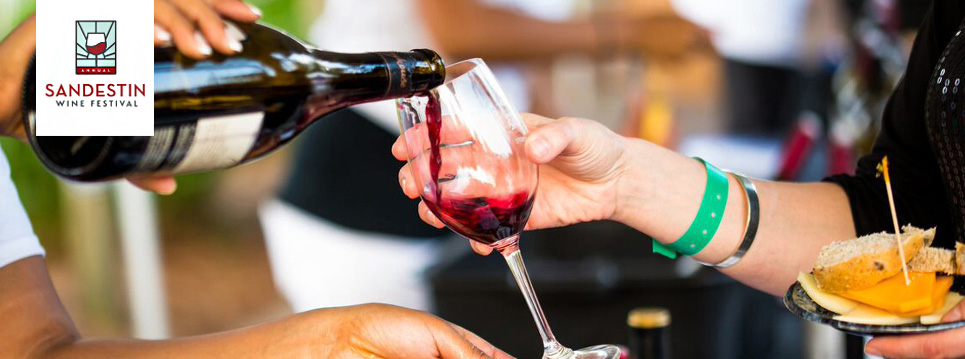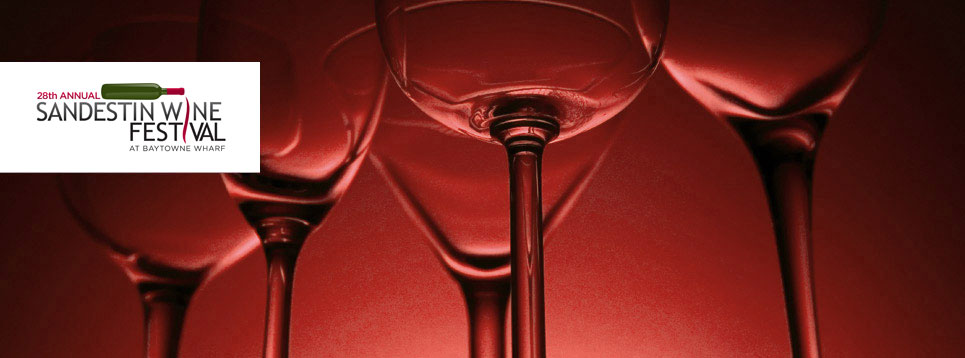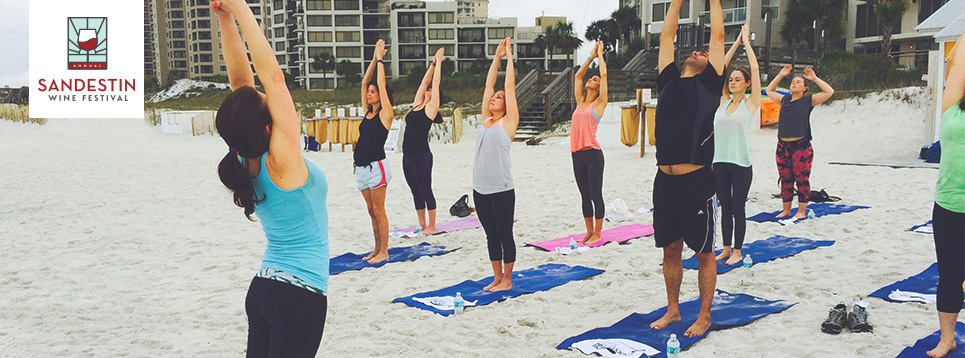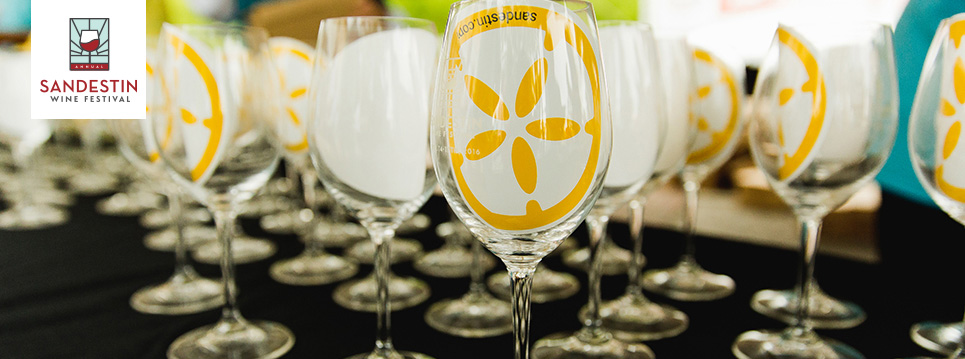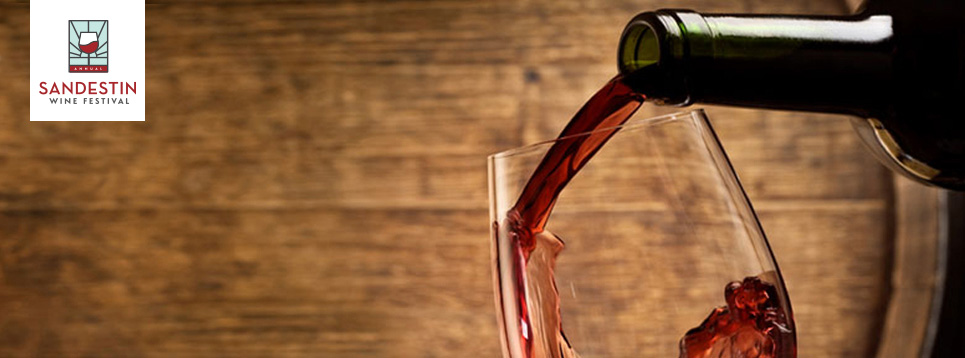WINE TASTING 101
Wine tasting or perhaps better said "wine experiencing" is an art to some and an ingrained science for others. However, if you are just venturing into the world of wine, and are looking for a few tips for truly tasting your next glass of wine then take a peek at the Basics of Wine Tasting for tried and true tasting practices - sure to help unveil your next wine.




SIGHT (APPEARANCE OF THE WINE):
Tilting the glass a bit can make it easier to see the way the color changes from the center to the edges. Holding the glass in front of a white background, such as a napkin, tablecloth, or sheet of paper, is another good way to make out the wine's true color. Look for the color of the wine and the clarity. Intensity, depth or saturation of color are not necessarily linear with quality. White wines become darker as they age while time causes red wines to lose their color turning more brownish, often with a small amount of harmless, dark red sediment in the bottom of the bottle or glass. This is also a good time to catch a preliminary sniff of the wine so you can compare its fragrance after swirling. This will also allow you to check for any off odors that might indicate spoiled (corked) wine.
AROMA (SMELL OR BOUQUET):
Swirl the wine in your glass by rotating your wrist. This takes a little practice. Most people have trouble at first because they are moving their entire arm to swirl the glass. The key is in the wrist. Rotate the wrist while holding the rest of the arm still. The swirling of the glass releases the wine's aromas to the top edge of the glass.
Place your nose just over and the edge of the wine glass. Keep your mouth open. The aromas should bounce off this edge straight up the nostrils. Take a very deep sniff. Identify any familiar smells. Repeat, but rest your sense of smell a few seconds before you smell again.
FLAVOR:
On your first sip, roll the wine around in your mouth exposing it to all of your taste buds. You will only be able to detect sweet, sour, salty, bitter and umami (think: meaty or savory). Pay attention to the texture and other tactile sensations such as an apparent sense of weight or body.
On the second sip, try swishing the wine around in the mouth and then swallow and exhale through your nose. Some tasters “chew” the wine in the mouth. Try each and see what works best for you.
OVERALL IMPRESSION:
After the aftertaste has faded, what do you think of the wine overall? Is it pleasant and appealing? Simple or complex? Are all the components in balance. Does it make you want another sip? In short, do you like it?








